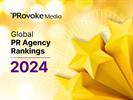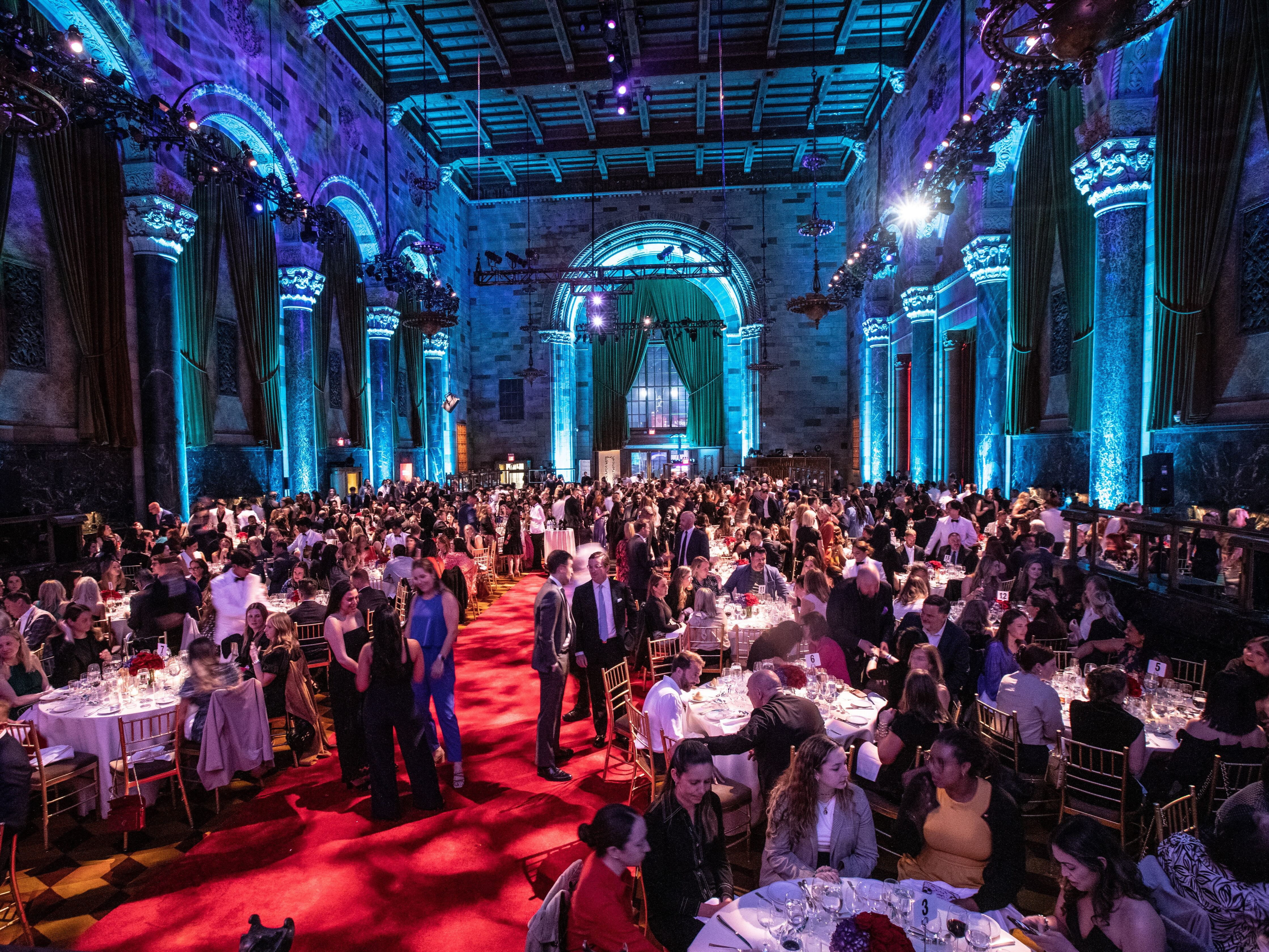Diana Marszalek 21 May 2024 // 4:50PM GMT
.jpg)
NEW YORK — The fandom around Caitlin Clark’s WNBA debut last week may mark a turning point in women’s sports finally getting its due but also shines a glaring light on how late would-be partners — including brands — are in coming to the party.
“It is an important moment. But it’s another moment,” said Ogilvy Consulting North America president Susan Machtiger, noting that it will take a whole slew of breakthroughs like Clark’s before women’s and men’s sports are on a level playing field.
Having Clark — a college phenom (and No. 1 draft pick) now playing for the Indiana Fever — get the full-blown star treatment doesn’t negate the “extreme inequities in terms of salaries and compensation” that still exist, Machtiger said.
“It’s really brought to light a lot of what’s going on,” she said.
What’s going on includes the egregiously low salaries WNBA players earn, which are just a pittance of their male counterparts.
Clark will earn $76,535 with the Fever this year, while the NBA’s 2023 top draft pick Victor Wembanyama earned $12.16 million his first season with the San Antonio Spurs. A number of WNBA players supplement their incomes by playing overseas in the off-season — which is why Brittany Griner was in Russia when she was arrested for having hashish oil in 2022.
And despite Gen Z’s surging interest in women’s sports, content is still relatively elusive. Wasserman reports that, with streaming and social media included, women’s sports account for just 15% of total sports coverage; that figure drops to 8% when you take college competitions out of the equation.
All of which points to a major (or missed, depending on how you look at it) opportunity for brands to help build women’s sports brands and athletes like they do for men’s leagues.
As an Iowa Hawkeye, Clark last fall became the first college and female athlete to strike an NIL deal with State Farm, joining the Kansas City Chiefs’ Patrick Mahomes and Golden State Warriors star Chris Paul as company reps. Clark is expected to sign an eight-year, $28 million deal with Nike that includes a signature shoe, according to reports. Which is to say nothing of the glitz; Prada dressed Clark on draft night, which, along with equally well-dressed draftees Angel Reese and Cameron Brink, made the event look a whole lot like a red-carpet affair.
Machtiger said she “hopes and expects” that Clark’s mass appeal galvanizes brands to rally around women’s sports and female athletes as they have been slow to do.
“The economic potential of women's sports is becoming increasingly apparent,” said MikeWorldWide president Bret Werner, adding women's sports is expected to bring in over $1 billion in 2024 driven by high viewership and the “star power” of athletes like tennis player Coco Gauff, New York Liberty’s Sabrina Ionescu, and Clark.
“Women athletes are not only excelling in their sports but also becoming cultural icons,” Werner said. “Public relations is poised to play a pivotal role in this transformation, leveraging strategic communication to enhance visibility, engagement, and commercial success. Public Relations can catalyze the popularity of women's sports.”
According to a report from intelligence platform Sponsored United, the number of sponsorships in women's professional sports rose 22% year-over-year, with three leagues — LPGA, WTA, and WNBA — contributing significantly to the 5,500+ deals that were activated over the past year.
The LPGA saw the most sponsorship deals at 1,100, a 25% increase, and Gatorade was the most active brand, with 51 sponsorships in women’s sports in women’s leagues, according to the report using data on athletes, leagues and brands from January 2022 to February 2024. The WTA saw the biggest increase overall in brand deals, at 34%. Increased exposure is also expected to boost brands’ involvement with young leagues like the PWHL and Athletes Unlimited.
Last year, Aflac started spending more money on sponsoring the NCAA women’s Final Four tournament than on the men’s games. The insurance company also struck a partnership with University of South Carolina head basketball coach Dawn Staley, whose teams won 2024 and 2022 national championships.
Shane Winn, managing director of Allison’s sports division, whose clients include Aflac, women’s sports advocate Ally Bank and Bay FC women’s soccer team, said he is seeing companies — investors and sponsors — putting more money into women’s sports as the value (and popularity) becomes more apparent.
“You see companies out there that realize that the women’s side of the house beyond WNBA is as marketable and, in some cases, more than the men’s side of the house but no one has been putting even close to the same levels of marketing money into it,” Winn said.
Winn credits the rising appeal of women’s sports with both consumers and business to a range of factors including the rise of streaming and social media that allows viewers to watch games they couldn’t before. He also believes we will see brands diving in more wholeheartedly once early backers of women’s athletics see pay off.
“To have major corporations Ally and Visa and Aflac saying this what we’re doing, and we know we’re going to be getting a return on our investment goes a long way,” Winn said.
But having the mega-million dollar backing of big brands is still the anomaly among women athletes, once you get past the all-time greats like Serena Williams (her Nike contract is worth $55 million) and Simone Biles as well as the likes of Megan Rapinoe, the retired US soccer player who championed equal pay during her career.
And though enthusiasm for women’s sport is currently at a high, rallying potential backers — brands, content producers and more — to take action is far more complex than pulling on their heartstrings or touting the benefits of joining the bandwagon.
“It’s not just one person or one brand that’s going to make a difference and make this change,” Machtiger said. “People need to buy into it and see what’s in it for them."
Photo: John McClellan



































.jpg)































